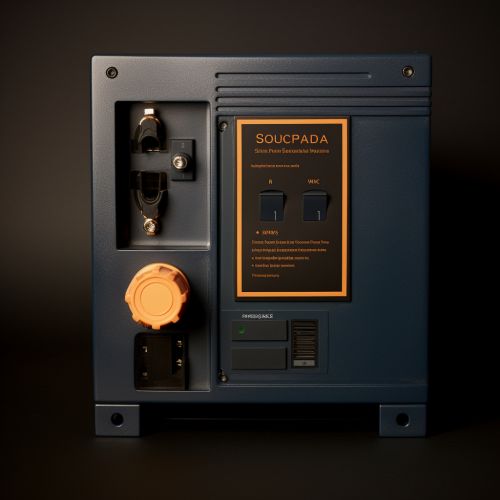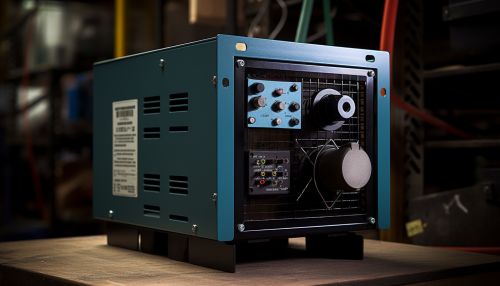Switched-mode power supply
Introduction
A switched-mode power supply (SMPS) is an electronic power supply that incorporates a switching regulator to convert electrical power efficiently. Unlike a linear power supply, the pass transistor of a switching-mode supply continually switches between low-dissipation, full-on and full-off states, and spends very little time in the high dissipation transitions, which minimizes wasted energy.


History
The first switched-mode power supply was patented by Bell Laboratories engineers in 1956. The design was primarily used in military applications due to its high efficiency and small size until it was later adopted by commercial electronics manufacturers.
Operation
The internal circuitry of a switched-mode power supply is complex. It includes a rectifier, a capacitor, a voltage regulator, and a transformer. The rectifier converts the incoming AC power to DC. The capacitor smooths out the DC power, and the voltage regulator ensures a constant output voltage. The transformer is used to step up or step down the voltage as required.
Types of Switched-mode Power Supplies
There are several different types of switched-mode power supplies, including DC-DC converters, AC-DC converters, and DC-AC inverters. Each type has its own specific applications and characteristics.
DC-DC Converters
DC-DC converters are used to convert a source of direct current (DC) from one voltage level to another. They are used in many applications, including power supplies for personal computers, office equipment, spacecraft power systems, and telecommunications equipment.
AC-DC Converters
AC-DC converters (also known as rectifiers) are used to convert alternating current (AC) to direct current (DC). They are used in a wide range of applications, from power supplies for electronic devices to power conversion for electric vehicles.
DC-AC Inverters
DC-AC inverters are used to convert direct current (DC) to alternating current (AC). They are used in a variety of applications, including power supplies for electronic devices, renewable energy systems, and electric vehicles.
Advantages and Disadvantages
Switched-mode power supplies have several advantages over traditional linear power supplies. They are more efficient, smaller, and lighter. However, they also have some disadvantages, such as complexity, noise, and the potential for electromagnetic interference (EMI).
Applications
Switched-mode power supplies are used in a wide range of applications, from consumer electronics to industrial equipment. They are commonly used in computers, televisions, and mobile phone chargers.
